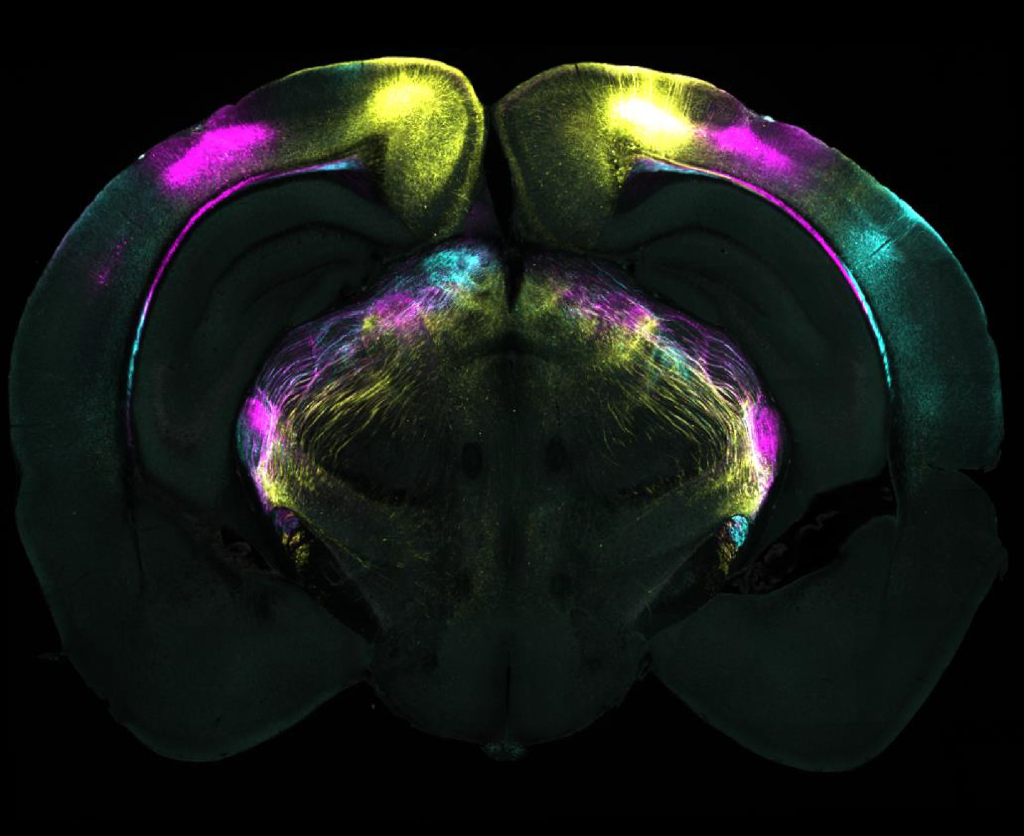Calorie Labels on Menus could Make Eating Disorders Worse

Calorie labels on restaurant menus are negatively impacting people with eating disorders, according to a new study published in the BMJ Public Health.
The review, which is the first of its kind, is led by researchers at King’s College London. It found that individuals who have been diagnosed with an eating disorder changed their behaviours if presented with a menu featuring calorie labels.
This included avoiding restaurants, triggering eating disorder thoughts and paying more attention to calorie labels as identified by eye tracking research.
The research found that some people with eating disorders reported that seeing menu labels reinforced their eating disorder beliefs.
The study evaluated existing research to help build a picture of how nutritional labels on menus impact people with a lived experience of eating disorders or disordered eating. It reviewed 16 studies from the UK, US, Canada and Saudi Arabia which included 8,074 participants in total.
The study highlights that people with eating disorders can feel that eating disorders are perceived as less important in the light of obesity prevention policies.
However, physical health cannot be measured by a single indicator such as weight. Some argue that calorie labels can be seen as a blunt instrument to fix a complicated problem and that people with eating disorders could be losing out.
Food labelling came into force in England in 2022. Restaurants, take-aways and cafes with 250 employees or more must display the calories of the food and drink they sell on menus, online menus and take-away platforms. The measure was an attempt to curb rising obesity levels. The United States and Canada have also made calorie displays mandatory, however, few policies targeting obesity have considered the potential impact on eating disorders.
The eating disorder charity Beat estimates that at least 1.25 million people in the UK have an eating disorder. The number of people admitted to hospital with an eating disorder has risen approximately 7% each year since 2005 – 2006.
Senior author Dr Tom Jewell, Lecturer in Mental Health Nursing at King’s College London, said: “Our study highlights that people with lived experience of eating disorders are frustrated at being left out of the conversation around calorie labels.”
Striking a balance between the positive and harmful impacts of calorie labels on menus is vital in any public health policies.Dr Tom Jewell, Senior author and Lecturer in Mental Health Nursing at King’s College London
“Policymakers should consider the impact on both obesity and eating disorders when making decisions about nutrition labelling. A recent review found that calorie labelling has a modest effect on people’s behaviour but this needs to be counterbalanced with the potential harm it does for people with eating disorders.”
Co-author Dr Nora Trompeter, Research Fellow University College London, said: “Our study provides an important addition to the evidence base around calorie labels.”
Typically, there is a lot of focus on whether policies are effective in reducing obesity, but it is also critical to investigate whether these policies inadvertently harm people with eating disorders.
“Our review also shows that more research is needed to fully understand the impact of calorie labels on individuals with eating disorders. For example, none of the studies included young people.”
Source: King’s College London











